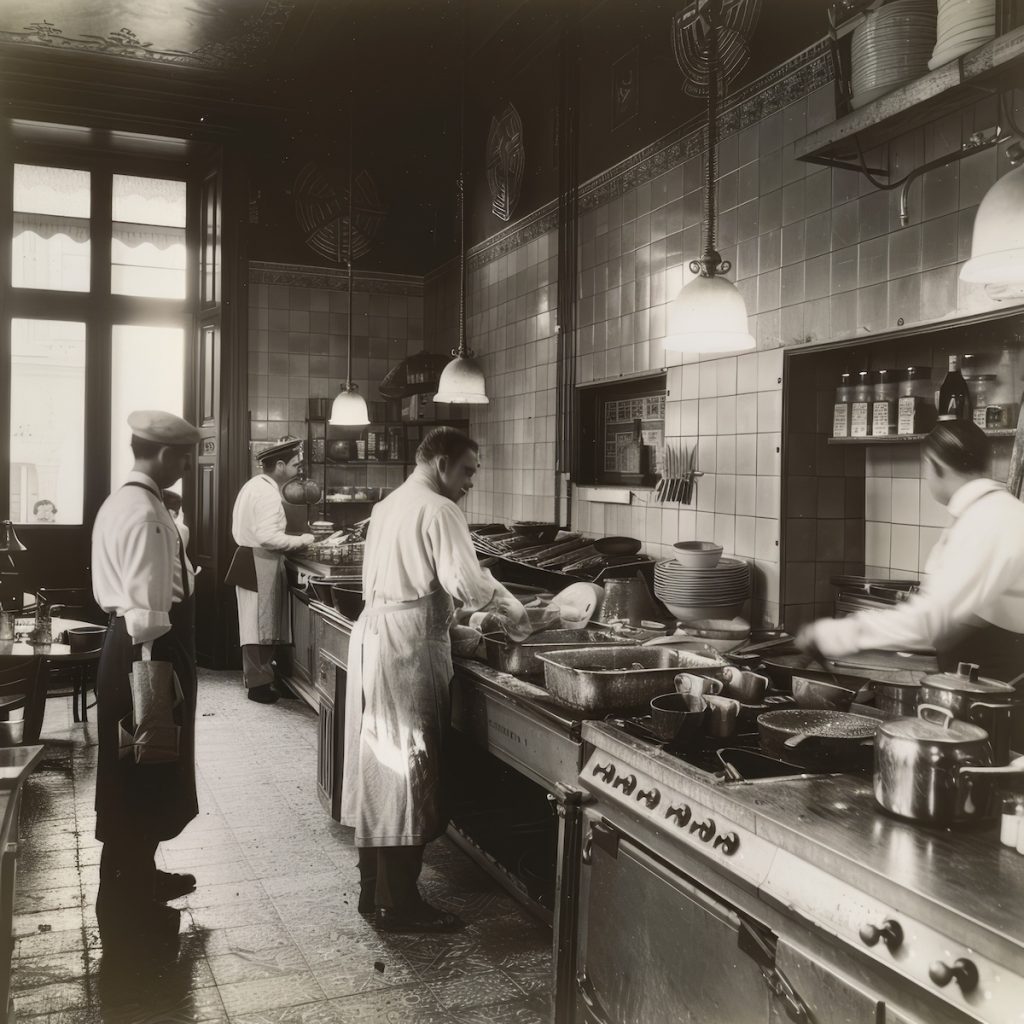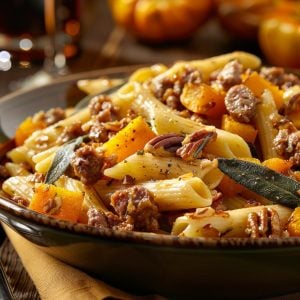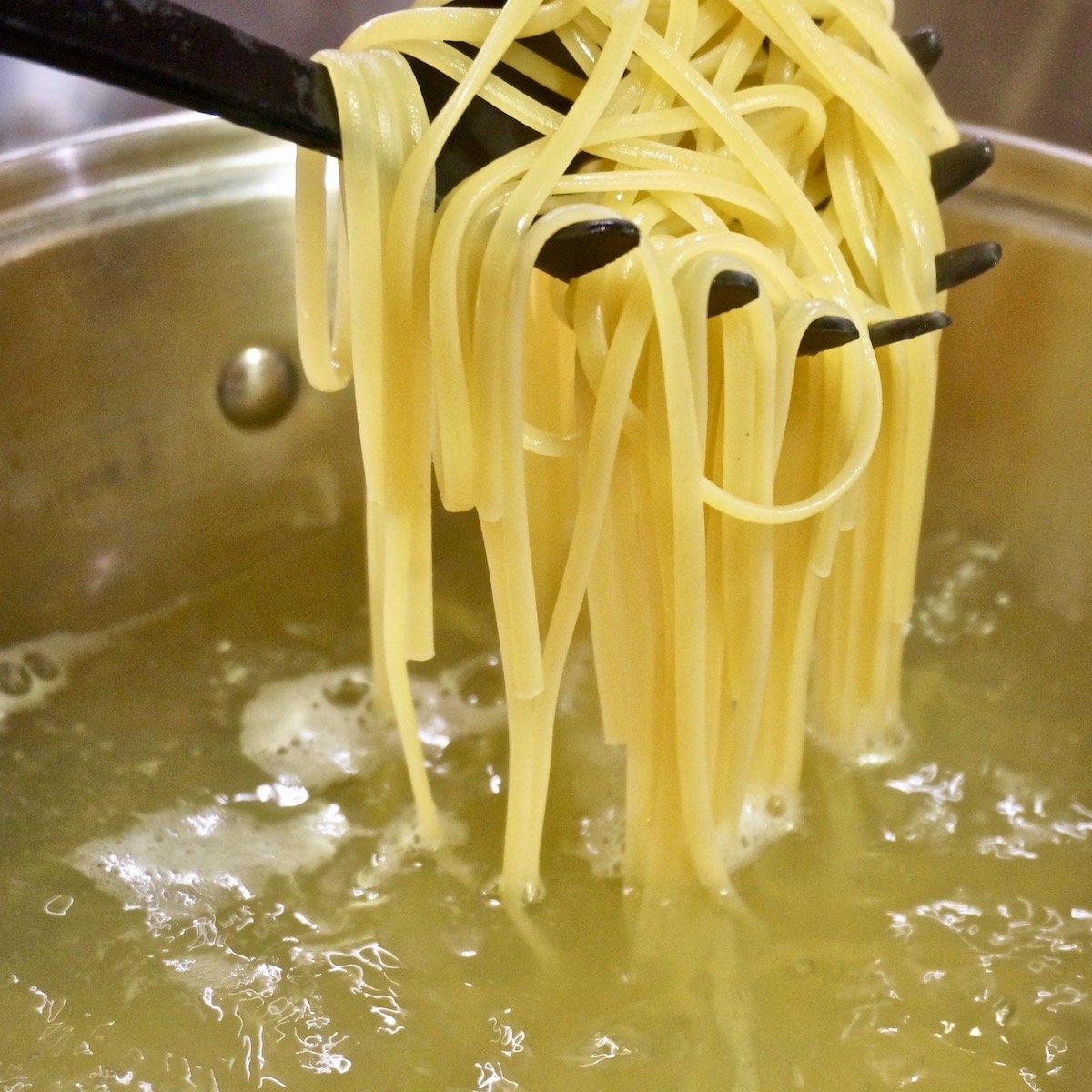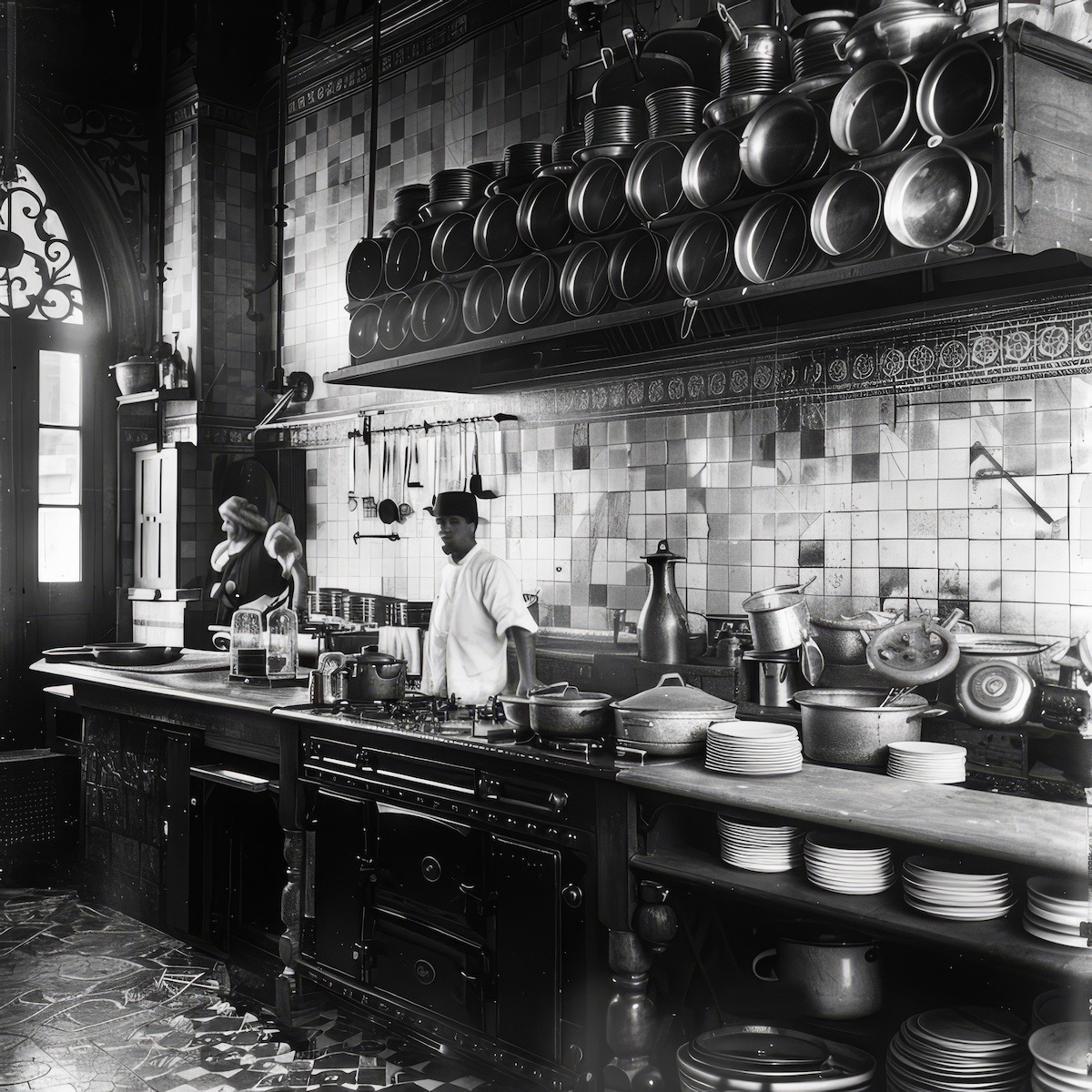The Brigade de Cuisine, Then and Now – Part 1
For those of you interested in how professional kitchens operate to get food out to your table, especially when the heat is on and the orders are coming in fast and furious, you have to look back in history to the great Auguste Escoffier. Chef Escoffier devised a system he called the Brigade de Cuisine that created a hierarchy for all the positions in the kitchen.
Most kitchens today use a similar system based on Escoffier’s ideas, and this article describes the similarities and differences between them. Because of its length, I’ll post this article in two parts.
If you are thinking of going to culinary school or starting a career in the restaurant industry, you’ll enjoy reading this post. If you are looking for a culinary school, baking/pastry school, or hospitality management program, I highly recommend you fill out the form to the right for a directory of culinary schools, baking/pastry schools, and hospitality management schools near you.
The Brigade de Cuisine, Then
Way back when there were only two classes, the aristocracy and everyone else, the titled elite could afford to spend hours and hours “at the table” while a chef-prepared course after elaborate course for their culinary pleasure. They could dawdle about, drink, and dally while waiting for each course.
After all, what else did they have to do except be rich? And everyone else? Well, they cooked for themselves. If they could find anything to cook, that is. (Remember a little thing we like to call The French Revolution)?
In the Middle Ages, merchants and craftsmen began to form guilds and eventually became a powerful class in their own right. By the latter part of the nineteenth century, culinarians began to notice that there was money to be made off of this rich class of people. They had the money to have someone else prepare their food but still needed to work.
A system was needed by which culinary tasks were codified and delegated to specific workers in the kitchen. Enter Escoffier and his Brigade de Cuisine. Escoffier realized that if he could pare the time at the table from six hours to only one or two, the middle class could work a full day and spend their money at a fine hotel restaurant. Escoffier was maybe one of the first, at least in the culinary world, to realize that Time Is Money.
Escoffier modeled his Brigade system on the military hierarchy. This system was based on a strict chain of command and separation and delegation of tasks to a host of different kitchen workers.
The traditional brigade system is specialized almost to the point of dysfunction if one or two of the workers were sick or got kicked by a horse or something.
In the brigade, every man has a job and there is a job for every man. Just as in the military, the chain of command is never brooked, and the kitchen is run with extreme precision.
Members of the Brigade
The general hierarchy is as follows, with each position directly responsible for the position above him.
Chef de Cuisine –This chef is in charge of the entire kitchen. He prepares menus, purchases foods and directs everything that goes on in his kitchen.
Sous Chef de Cuisine –Sous means under in French. The sous chef is the chef de cuisine’s deputy chef. He takes his orders directly from the chef de cuisine and acts in his place if he is not present.
Chef de Partie –There is no one chef de partie. A chef de partie is in charge of a particular station in the kitchen. Each chef de partie might have one or more cuisiniers, commis or apprentices working directly under him.
Cuisinier –The cuisiniers are cooks. They are responsible for preparing specific dishes at a specific station.
Commis—The commis, or junior cooks, also work a specific station but are generally responsible for maintaining the tools on that station. They report directly to the chef de partie.
Apprentice—Eventually, an apprentice might work a specific station. They are usually gaining work experience and helping with cleaning and prep work. At the start of his apprenticeship, an apprentice might even find himself washing dishes.
The Stations
There were many stations in the kitchens of Escoffier’s time. Each station was run by a chef de partie who reported to the sous chef. I am leaving out some of the more esoteric stations because in my opinion, they have no relevance in todays’ commercial restaurant kitchens. The stations listed below are still seen, in whole or combined with other stations, in modern commercial kitchens.
Saucier – the saucier is the sauté cook—the guy who flips stuff in pans. He’s also the guy who makes the sauces.
Rotisseur – the rotisseur is the chef in charge of roasts. In Escoffier’s day, he also supervised the following two positions.
Grillardin – this is the “grill man,” the guy in charge of making sure all grilled meats come out perfectly cooked and timed correctly for quick service
Friturier – the friturier is the fry cook—he’s the one frying your French fries as well as any other deep fried items—oysters, catfish, tempura. If it comes out of the fryer, it’s the friturier’s job.
Poissonier – this is the fish cook—the poissonier is in charge of all fish and seafood preparations—from sautéing to poaching
Entremetier – this chef de partie is in charge of entrees, literally the “entrance” to the meal. In today’s kitchen, we consider entrees to be the “main course,” but in Escoffier’s day, the entrée was a lighter, starter course. In the traditional brigade system, the entremetier supervised the following two positions.
Potager – the soup guy. The potager was in charge of making soups. In this position, it was one of his jobs to use up any leftover scraps that might otherwise go to waste. A good potager could save a kitchen a bundle of money in food cost.
Legumier – The legumier is the vegetable chef—in charge of gratins, pilafs, braises and other hot vegetable side dishes
Garde Manger – In the traditional brigade system, the garde manger chef was in charge of all cold preparations, from gazpacho to charcuterie, from salads to pates. Along with the potager, it was the garde manger’s charge to virtually eliminate food waste by finding uses for scraps and animal offal and presenting them in ways that were pleasing both to the palate and the eye.
Patissier – This is the pastry chef. It is the pastry chef’s job to create and present all dessert items. In the Escoffier kitchen, the patissier also supervised an ice cream cook (glacier), and candy cook (confiseur) and the cook charged with making large show pieces (decorateur) as well as the boulangier.
Boulanger – the boulangier is the baker. It was his job to prepare breads and breakfast pastries.
That’s a lot of people in a kitchen; remember, I left some of them out. Please do not think I am being flippant about Escoffier. He was perhaps the greatest European chef, and many ideas that he instituted, such as a la carte dining and serving one course at a time, remain relevant today. To learn more about this fascinating chef, read Auguste Escoffier: Memories of My Life
Tomorrow, I’ll examine how Escoffier’s Brigade system is used today.









6 Responses
Looking forward to Part II
It’s now posted Kate at http://www.reluctantgourmet.com/modern-day-brigade-de-cuisine/
This was a very wonderful blog post to me as a high school student! It helped me on a very important research paper. 😉
very helpful to me as another high school student and a research paper on Georges Escoffier!!!
Helpful many thanks looking forward to part 2
Helpfull thanks